Found in three pieces and missing its head, this miniature marble artifact is all the more rare for depicting Hercules' lesser-known seventh labor, the capture of the Cretan bull.
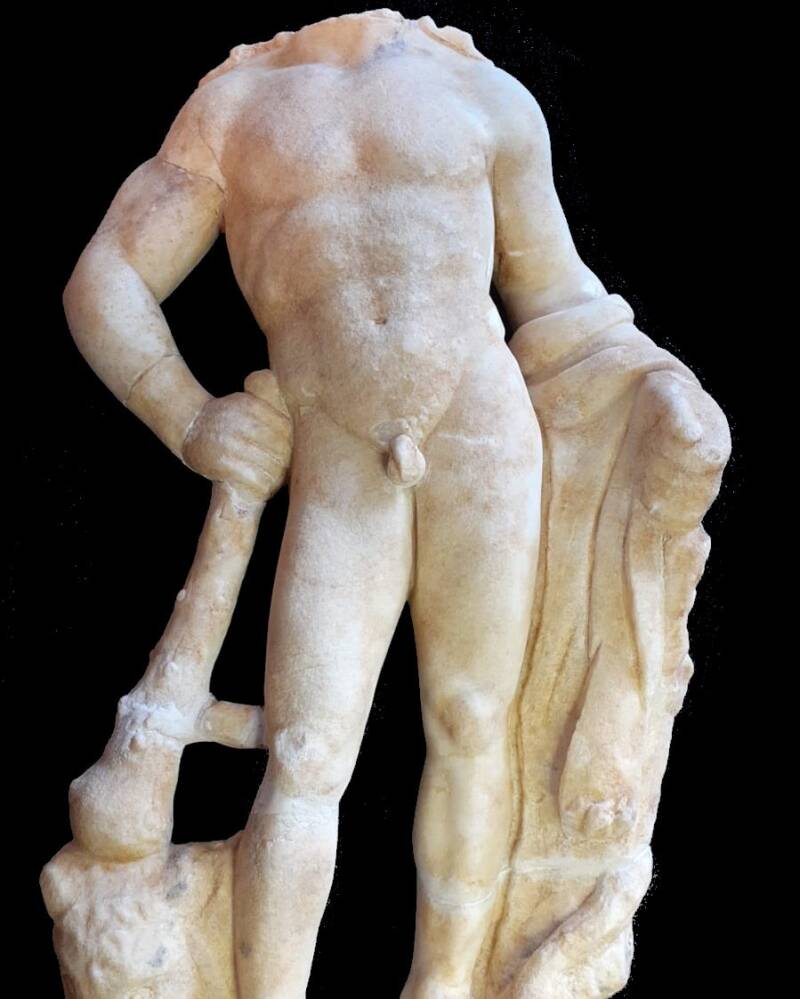
SAGAS Unifi/FacebookThe restored Hercules statuette found in Montaione.
Archaeologists working in the town of Montaione, near Florence, Italy, recently announced the discovery of a miniature statue depicting the Greco-Roman hero Hercules.
Standing just 20 inches tall, this marble statue dates back 1,700 years and showcases the excellent craftsmanship of the ancient Romans. The statue’s size isn’t the only unique thing about it, however. It also features a detail rarely depicted in statues of the Greek hero, making it an even more remarkable and important discovery.
The Discovery Of A Miniature Hercules Statue Featuring A Rare Depiction Of His Seventh Labor
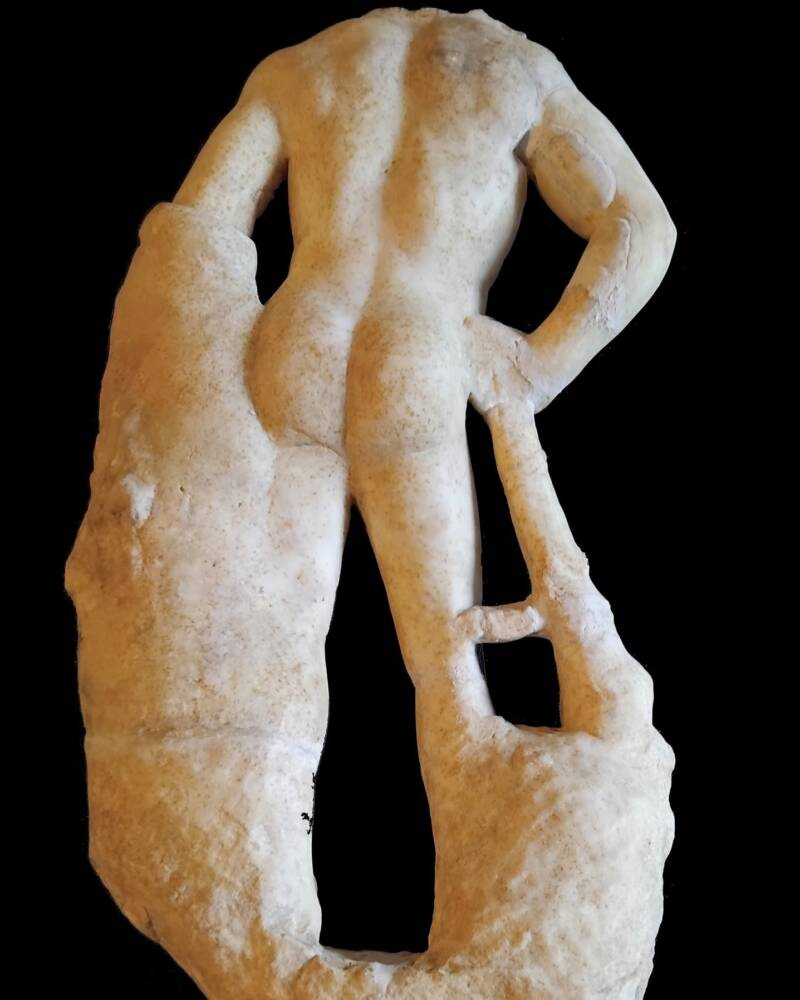
SAGAS Unifi/FacebookThe statuette features the head of the Cretan Bull beneath Hercules’ club.
This tiny Hercules statue was found broken into three pieces and missing its head. But although the hero himself is lacking a head, there is a different head lying at his feet — that of the Cretan Bull, the creature that Pasiphaë fell in love and sired the Minotaur with.
Capturing the bull was Hercules’ seventh labor, and one not often depicted in artworks featuring the legendary hero.
The Cretan Bull was originally sent to King Minos of Crete by Poseidon and intended for sacrifice. Minos, however, chose to keep the bull as he was ensnared by its beauty and sacrificed an inferior bull in its stead. This caused Poseidon to fly into a rage.
The god then asked Aphrodite to curse Minos’ wife Pasiphaë so that she would fall in love with the bull. At some point, the Cretan Bull impregnated her, and she gave birth to the half-man, half-bull creature known as the Minotaur.
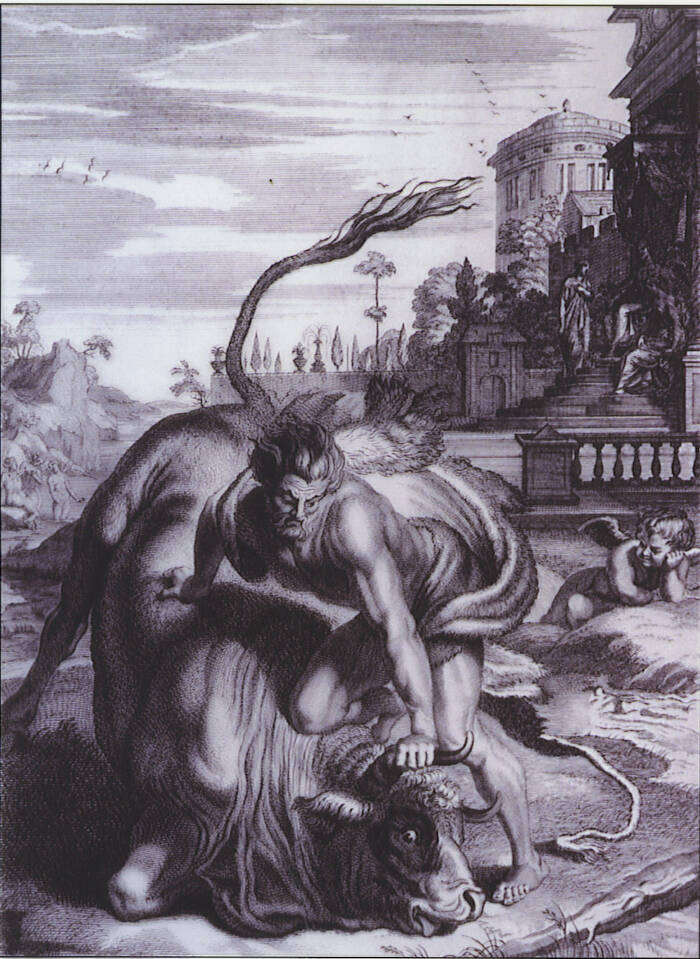
Wikimedia CommonsHercules wrestling the Cretan Bull.
Meanwhile, the Cretan Bull went on a rampage, wreaking havoc across the island. Hercules was sent to Crete by King Eurystheus to capture the bull as his seventh labor, and Hercules wrestled the bull to the ground and returned it to the king in Mycenae.
King Eurystheus, however, chose to set the bull free and it continued its rampage until it reached Marathon and was slain by the hero Theseus.
Despite being one of the major feats of Hercules, however, depictions of him capturing the Cretan Bull are somewhat rare in the art world, particularly in statues. More well known depictions of Hercules in art are often similar to the famous Farnese Hercules statue, which shows the hero leaning on his club with the skin of the Nemean lion draped over it — the slaying of which was the first task of The Twelve Labors.
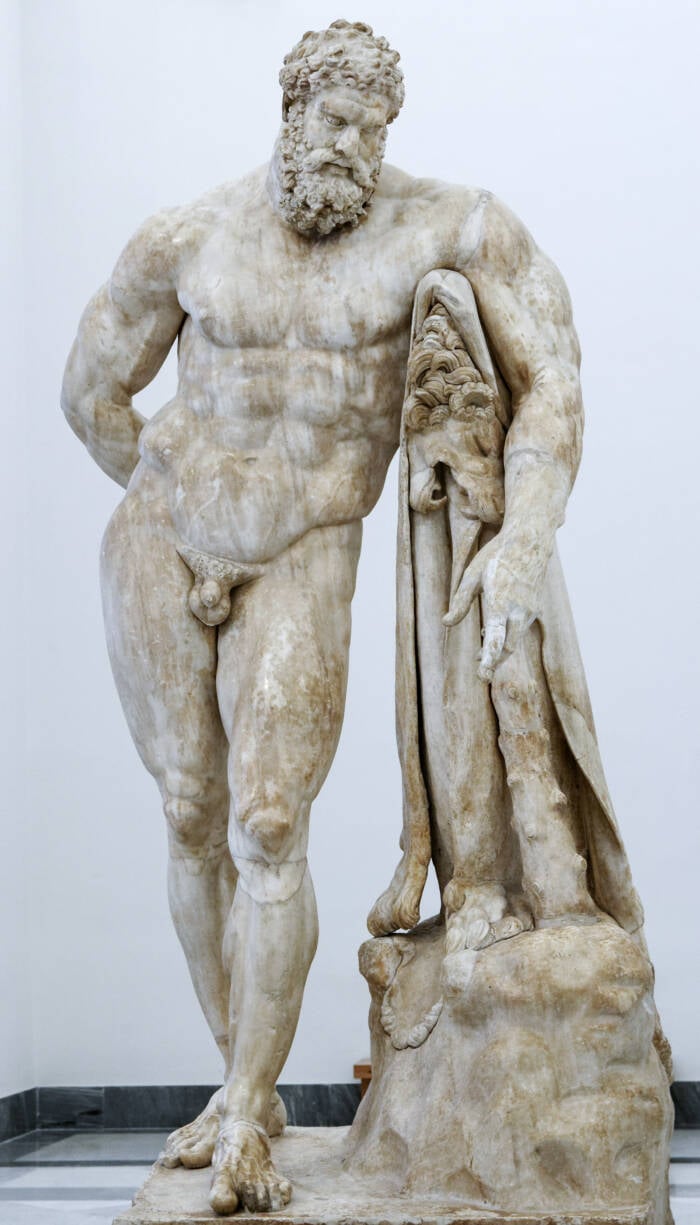
Wikimedia CommonsThe Farnese Hercules.
The fact that this new statue features the head of the Cretan Bull is itself rather unique and showcases an often overlooked element of the legend.
Future Plans For The Hercules Of Valdelsa
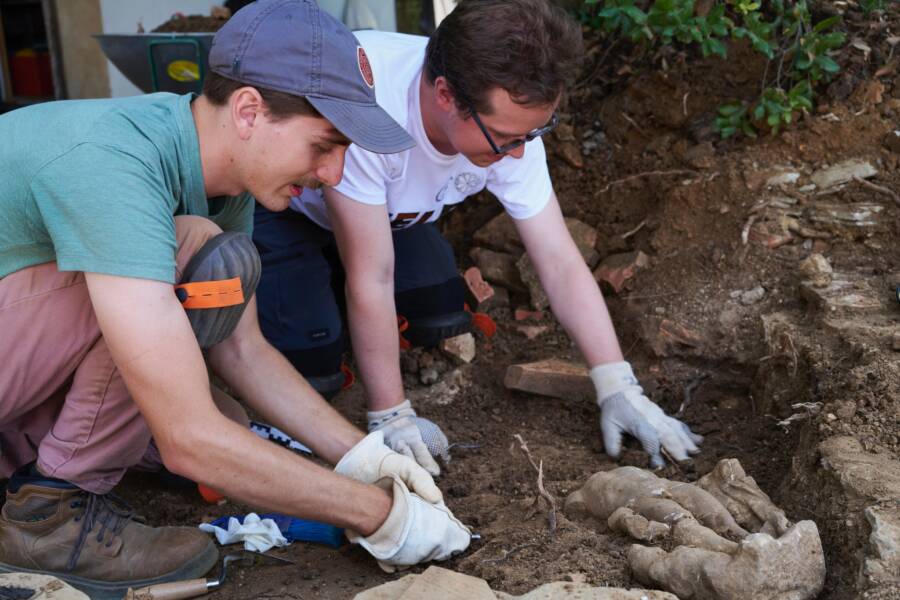
SAGAS Unifi/FacebookStudents from the University of Florence at the site where the statue was found.
“It’s a discovery that excites us and reminds us how archaeology constantly surprises us with new objects and insights,” said Antonella Ranaldi, Superintendent of Archaeology, Fine Arts and Landscape for the Metropolitan City of Florence, per the Greek City Times. “The statuette is nearly complete, made of three fitting pieces, and the bull at Hercules’ feet is an unusual and fascinating detail.”
The discovery was made during the most recent excavations carried out as part of a summer school program organized by the Sagas Department of the University of Florence. Students and professor Elisabetta Neri found the statue at the site of an ancient Roman villa, then brought the pieces back to the university for restoration work, which was carried out by Maura Masini.
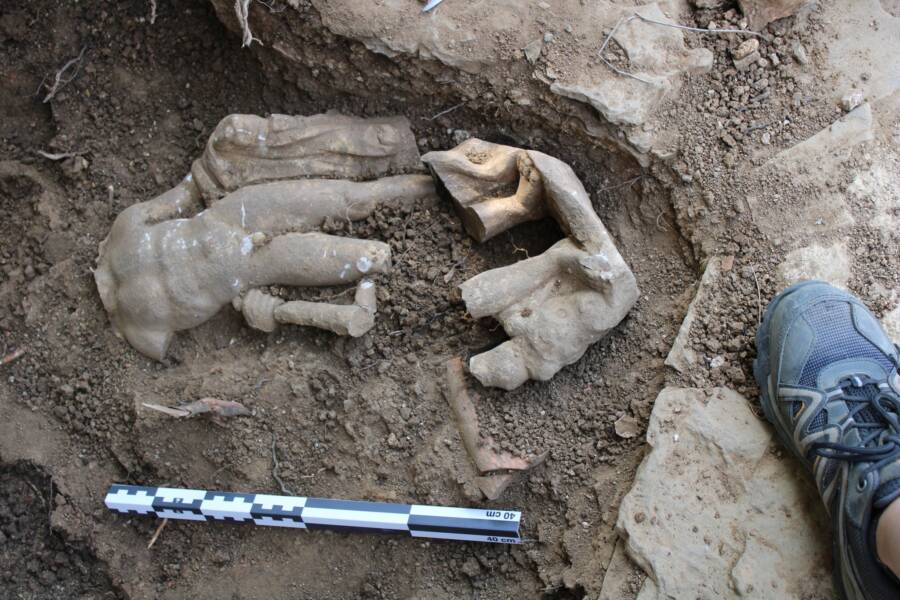
SAGAS Unifi/FacebookThe statue was found in three pieces and missing the head.
The statuette, dubbed the “Hercules of Valdelsa,” was displayed briefly at the University of Florence as part of the TourismA exhibition, a cultural and tourism event that ran from February 21 to February 23.
With the exhibition now over, the statue will be moved to a permanent home at the Civic Museum of Montaione.
After reading about this small Hercules statue discovered in Florence, learn all about 33 fascinating mythological creatures and the stories behind them. Then, read about the myth of King Midas and his “golden touch.”





